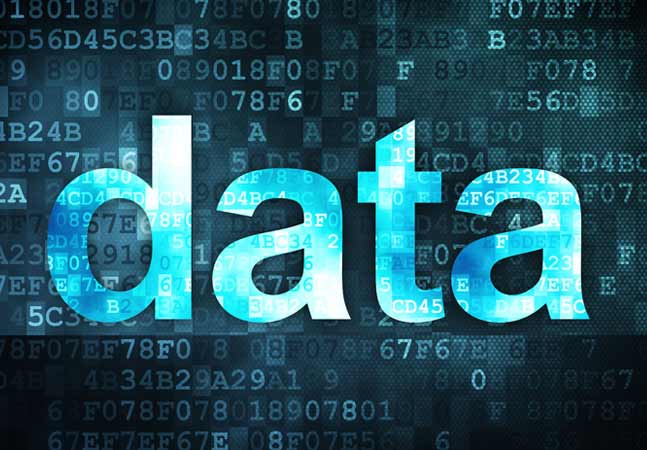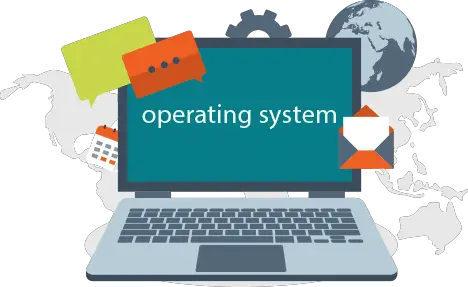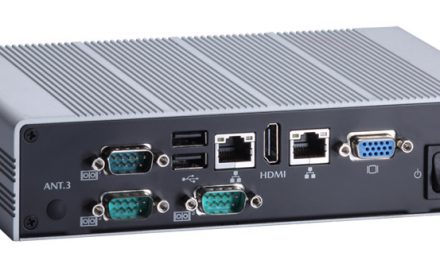We are going to be discussing an interesting subject in this article. Often times you have heard people using the terms data and information interchangeably. You could have even done that many times but truth is the terms are not necessarily the same. At best you can say the difference between data and information is so subtle that people use the terms interchangeably. That is the focus of this article; we will differentiate data and information so that you know when or when not to use them. Let us first off start by defining data and information.
Table of Contents
What Is Data? What Is Information?
The simplest definition of data is that it is facts that are raw and not organised in any meaningful manner. Just to put that into perspective, examples of raw data can be numbers, readings from a thermometer, images or symbols, just to mention a few. That is what we would call data. Information is then data that has been processed and organised into a meaningful manner. That conversion from data to information is done using a set of parameters in line with the intended use of the end result. Let us now explore the differences between data and information as follows:
Etymological Difference of Data and Information
Etymology is the history of a word or the study of the sources and developments of words. It is vital that you have an appreciation of where the two originated from. Data comes from the Latin word ‘datum’; it means ‘something given’. Datum is singular and over time translated the plural ‘data’. Interestingly, the ‘information’ predates ‘datum’ by 300 years. Its origin came from a cross of old French and Middle English. The term simply meant to inform in the sense of educating, instructing or generally imparting knowledge.
Definitions Difference between Data and Information
We have already discussed that in the preceding paragraph. Data is raw, unstructured (unorganized) and meaningless (i.e. there is no sense or insights you can derive from it). Information, on the other hand, is result of processing data thus adding meaning and structure to it. The relationship between the two is: data + meaning and structure = information. This also shows something fundamental is the difference between data and information. Data is not premised, based or dependent on information, however information is based on on data. Another thing that also becomes apparent is that data is not as valuable as information. There is, however, an interesting perspective to that. As in, since data forms the basis for the information so it is more valuable than information. Depends on the context but either perspectives can be true.
Nature And Form Or Format
The nature of data can be either of two things or both i.e. quantitative or qualitative. To add on, data is usually singly constituted items that tend to assume abstract sense once combined or synthesized with other similar or related data items during the processing element. They form the basis for insights, descriptions, conclusions, and so on. Information is literally always a collection of analysed or processed data items. In essence information is descriptive, illustrative, insightful and such like in nature. Data is often in the form of lists, tables, letters, and characters, just to mention a few whereas information employs the use of descriptive statements enunciating notions, conclusions, narratives, inferences, and so on. This is one of the major differences between data and information.
Size Or Amounts
You will also realize that there are differences regarding the size or amounts. Here is what we mean, data tends to be more voluminous than information. This means data tends to require more storage or handling space than information. Just consider for instance the sales example we used earlier. Imagine sales details for a whole year, day by day – that is a lot of material. Yet when the data has been converted to information, the information can fit into a simple and short document. So data and information also differ in size and quantity.
Methods Involved
One of the differences between data and information is methods involved in obtaining them. Data collection and the subsequent processing into information entail certain methods. It is given that both elements can be done by use of automation. However, in the majority of cases, data collection involves a long arduous manual process whereas getting to information involves automation which is short and often instant.
Examples
In order to better understand the difference between data and information we can cite examples. For example, a business can take note of individual sales total for each customer that walk in. Those values are what constitute what we call data. On a closer look you can even notice that all other details you take note of are actually data e.g. names, contact details and so on. That data can then be fed into, for instance, Microsoft Excel, and properly organized and analysed. You can then end up with things like size of your clientele, product or service performance by sales volumes, total sales, average daily, weekly, monthly or yearly sales and the like. All that will then be what we call information. That should give you an indication of how to differentiate between data and information.
In closing we thought of letting you in on an interesting thing you might have never heard of before. Have you ever heard of the data information knowledge wisdom (DIKW) model? It means that data forms the basis for information which then imparts knowledge that can be used to make wise considerations or decisions. Consider this statement: 200 people cannot fit in this conference venue so we should consider looking for a bigger venue. ‘200’ on its own is data, ‘200 people’ is information. ‘200 people cannot fit in this conference venue’ is knowledge and ‘we should consider looking for a bigger venue’ is wisdom.





